Harald I Fairhaired, Nordwegen
According to legend, the future Viking king was inspired by a woman to unite the disparate communities-principalities of the ancient Norwegians. The petty prince of Avaldsnes, Harald Horfager, wanted to marry the princess of Bergen, but she refused, pointing out the insignificance of his possessions. Harold decided to eliminate this shortcoming by leading his army to conquer neighboring principalities. When he began his campaign, he swore an oath not to cut his hair, for which he received the nickname Harold Shaggy.
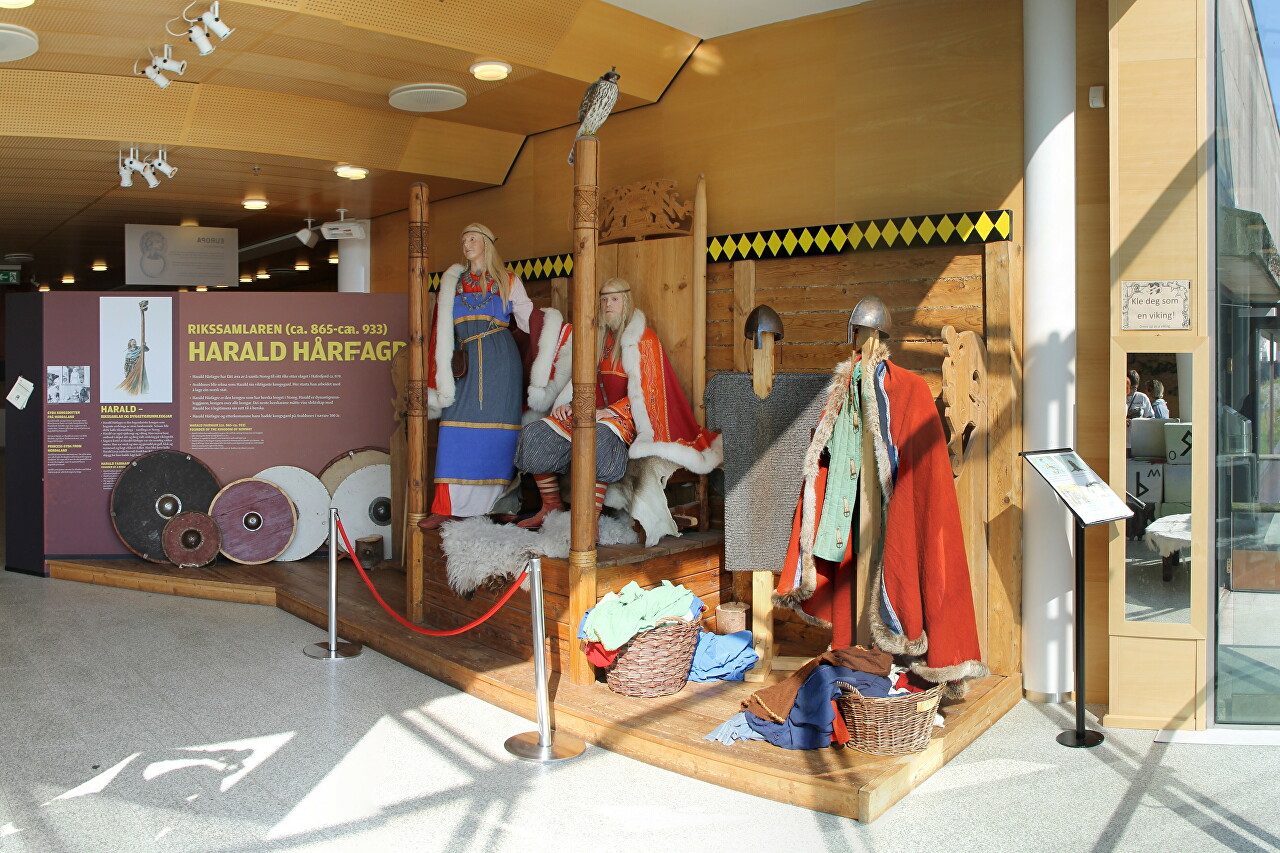
Harald's victorious march through the Scandinavian lands ended with the great Battle of Hafrsfjord (circa 872), after which he began to call himself the ruler of the Norse people. It was then that the combined territories received the name "Norway", which meant" northern route", as the principalities north of Avaldsnes were conquered. At the same time, the Bergen princess became Harold's wife, and the first king of Norway was called Harold the Fairhaired instead of the Shaggy One.
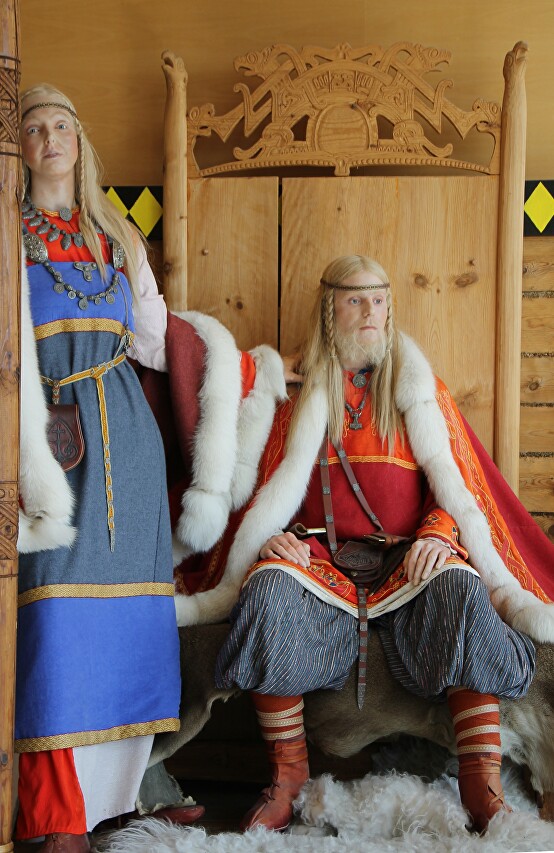
For his residence, Harold chose an island in the area of Avaldsnes, named after the legendary King Augwald, who, according to the sagas, conquered these lands in the 7th century. Harald's descendants lived here for another five hundred years.
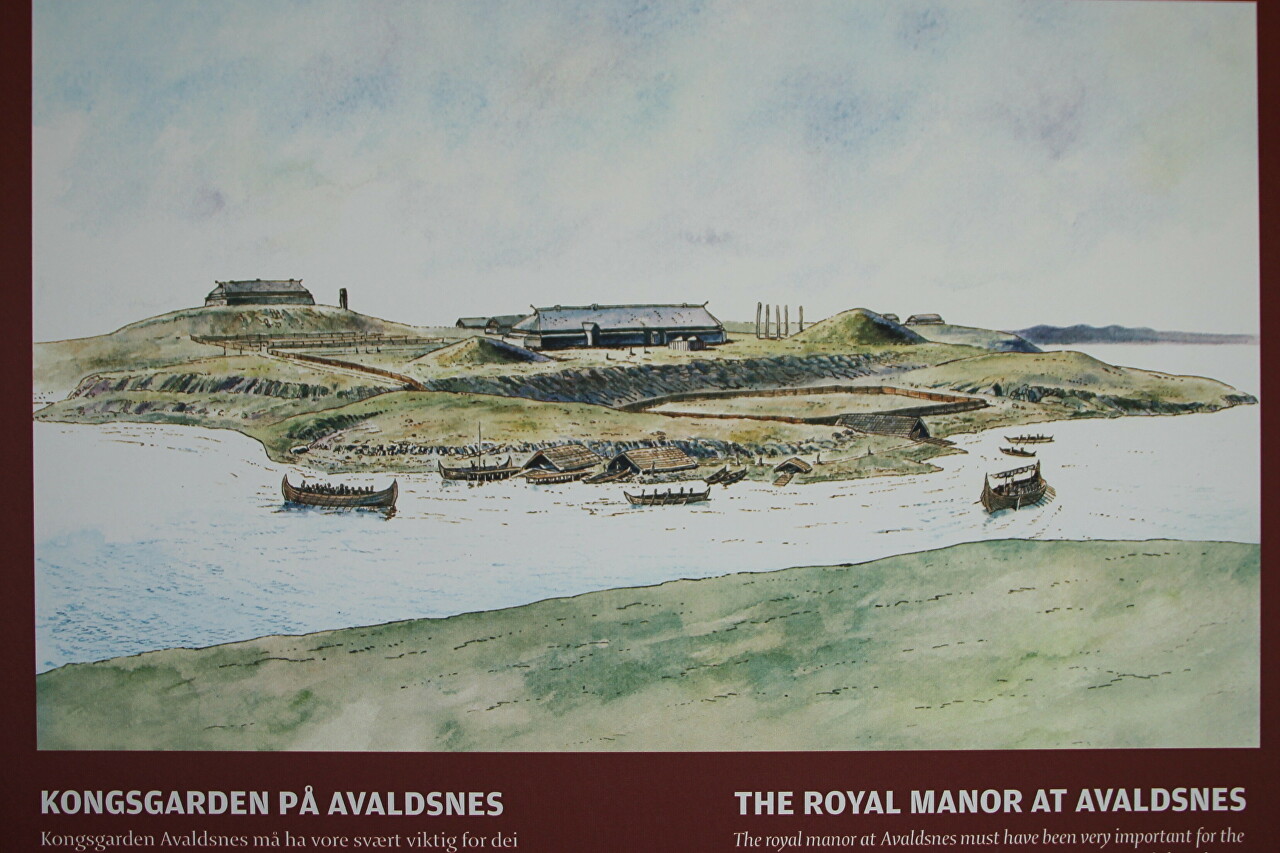
This painting depicts Harold's funeral procession. The body of the deceased is carried to the drakar, which will take him to the burial place. In the sagas of Snorri Sturluson, it is said that the king was in a mound overlooking the Karmsun Strait, on the territory of the present city of Haugesund.
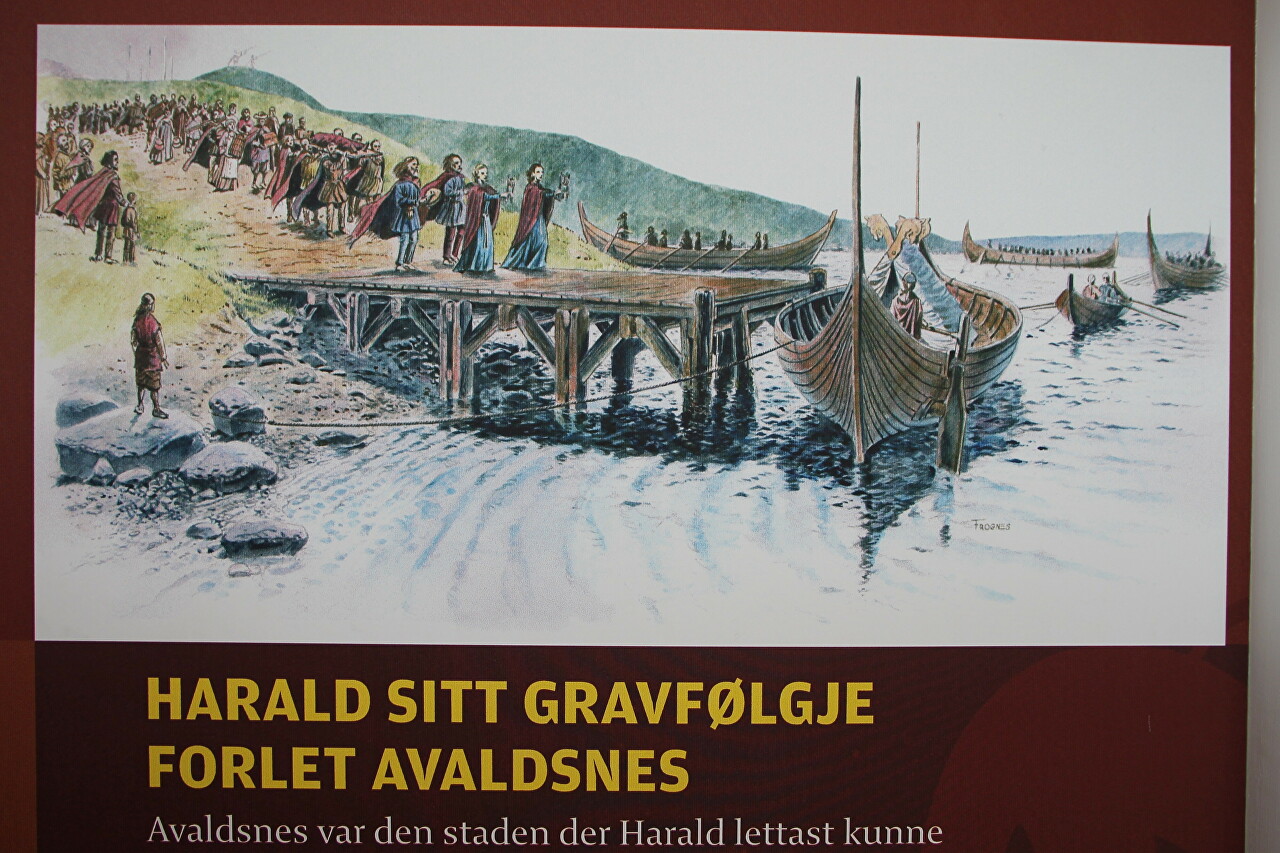
Harald died a natural death in 933, having lived to 83 years, which is very much by the standards of that era. However, the dates of his birth and death do not have any confirmations, his entire biography is based exclusively on the folk epic.

The territories owned by the first king of Norway are also not clearly defined, most likely that he had real power only in the coastal areas of southern Norway. It is believed that during his reign, this area had complete independence from the Danish rulers, who historically considered the land of Norway their property.
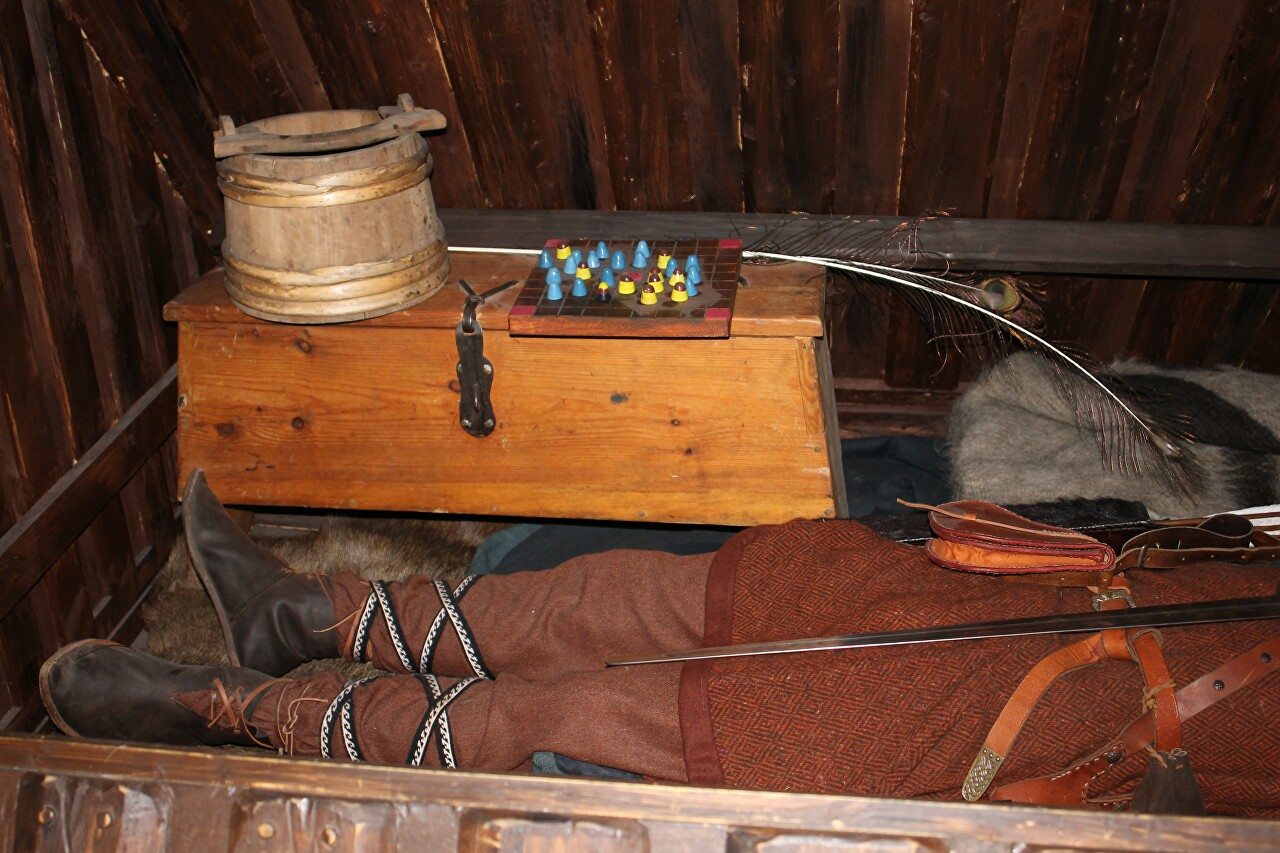
According to legend, Harald had at least seven wives and many children in his lifetime. A few years before his death, the king divided his lands between his sons and withdrew from the government of the country. The heirs immediately started bloody feuds, and Norway again plunged into chaos, and eventually fell back under the rule of Denmark.
